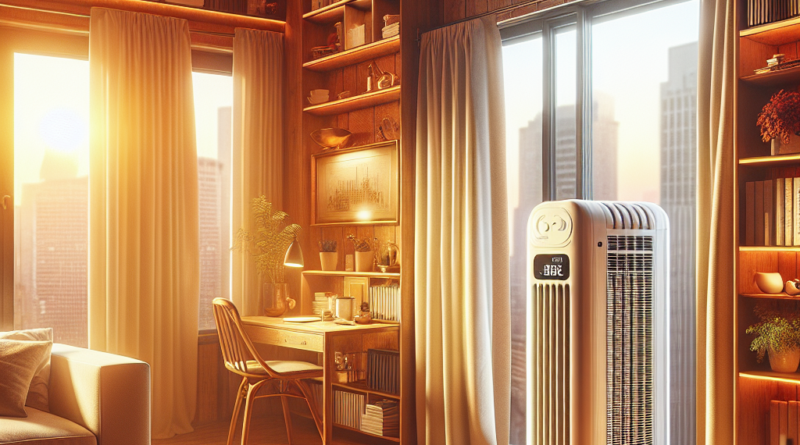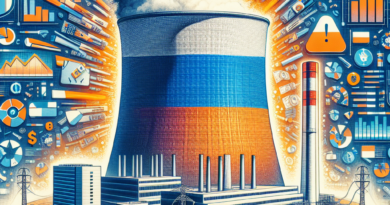Goodbye Heat Pumps: This New System Revolutionizes Home Heating (and Beyond)
The Evolution of Home Heating and Cooling
The home heating and cooling sector is undergoing continuous evolution, with technologies becoming increasingly efficient and sustainable, redefining the standards of comfort.
Among these, heat pumps have long been recognized as one of the best eco-friendly solutions for climate control.
However, they may soon face competition from an innovative invention emerging from Germany.
We are talking about elastocaloric materials, a groundbreaking technology that promises to radically change the way we heat and cool our homes, providing a more efficient and sustainable alternative.
A Quiet Revolution: Elastocaloric Materials Transforming Our Homes
Elastocaloric materials represent a significant breakthrough in the field of thermodynamics applied to home comfort.
Based on the “elastocaloric” effect, these materials can change their temperature in response to mechanical stresses such as stretching or compressing.
This means that through simple deformation, it is possible to heat or cool a space without the use of refrigerants or compressors, dramatically reducing energy consumption and environmental impact.
The Heart of Innovation: German Technology Surpassing Heat Pumps
The technology behind elastocaloric materials is being practically applied by scientists at the University of Saarland in Western Germany.
Their work, funded with 4 million euros from the international consortium EIC Pathfinder Challenge, has already gained global recognition, being included among the top ten technologies of 2024 by the World Economic Forum.
This new system not only promises to surpass heat pumps in terms of efficiency but also offers greater versatility, making it suitable for both heating and cooling purposes.
The Secret Behind Efficiency: How These Materials Heat and Cool With a Touch
The operation of elastocaloric materials is both simple and innovative.
When a superelastic alloy such as nickel and titanium is stretched, it releases heat.
Conversely, when the tension is released, the material absorbs heat, creating a cooling effect.
This process allows for temperature differences of up to 20 degrees between different rooms, proving to be ten times more efficient than traditional systems.
Moreover, the ability to design these systems to function smartly, adjusting the temperature of individual rooms based on needs, adds another layer of flexibility and comfort.
Challenges and Promises: The Future of Heating is Closer Than We Think
While early prototypes of this technology show promise, the main challenge for scientists now is to develop practical devices that can be applied on a large scale, particularly in single-family homes.
Designing an air circulation system that can optimally leverage the elastocaloric effect is a crucial step in bringing this technology into homes worldwide.
If these challenges are overcome, we might soon bid farewell to heat pumps and embrace a new era of home heating and cooling that is more efficient, eco-friendly, and adaptable.




